Podcast: Play in new window | Download
What is flight control rigging?
Flight control rigging, involves checking and making any necessary adjustments IAW the MM instructions, to make sure all cable tensions, control positions and movements, and travel stops are set within the MM specifications.
When done properly, this ensures that the airplane will perform at it’s optimal capability, fly straight and level in cruise, and achieve the best airspeeds possible.
Some true stories about flight control systems being misrigged have turned out well, while others have not.
Listen to today’s episode and be reminded of the importance of proper flight control rigging.
AD 2013-02-13 and Piper SB 1245A
When this AD and service bulletin are done on Piper stabilator control cables, it is a prime time to make sure of proper rigging when the inspection is finished.
McFarlane Aviation has all this information, along with new control cables, if necessary, on their website:
http://www.mcfarlaneaviation.com/Details.aspx?Article=402
What can you do as a pilot to make sure your airplane is rigged properly?
- Do a rigging visual inspection.
- Center the control yoke.
- Make sure ailerons are evenly aligned with the flaps or the wingtips.
- If adjustable (like many Beechcraft models), make sure the elevators are evenly aligned with the horizontal stabilizers.
- Check to see that when the rudder is centered, the nosewheel is also centered. (Unless of course you own a Cirrus, Diamond, or other airplane with a castering, non-steerable nosewheel.
-
Move cockpit controls and verify proper movement of control surfaces.
-
Check all trim system movements and indications.
-
Don’t just “gloss over” the controls check during preflight checklist.
-
Do a complete “free and correct” check in both directions…esp after avionics!
I’ve developed a check list called:
Aircraft Rigging Checklist for Pilots
It’s a step by step instructional checklist you can use to check your airplane control systems, that will help you to determine if your airplane is rigged properly.
It’s good for almost any airplane… Beech, Cessna, Piper, and many others.
I will send you this for free as a PDF document if you send me an email… deanshow@gmail.com and mention you would like the Aircraft Rigging Checklist for Pilots.
So… when do you know your airplane might need some rigging attention?
-
Your airplane does not fly straight and level in cruise.
-
Your flight controls or trim tabs do not match the cockpit control positions.
-
Your flight controls do not positively contact the stops.
-
You go through my rigging checklist, and notice something out of the ordinary.
Remember, when moving flight controls during any of these checks, make sure you are very careful and pushing on places with good structure.
Don’t lift elevators by the trim tabs.
Be careful about moving Piper rudders… cables are very tight, and because of the design, cannot be moved easily unless on jacks.

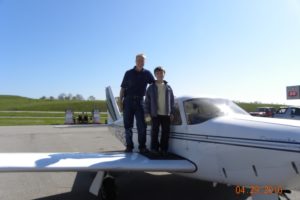

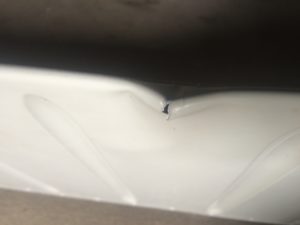
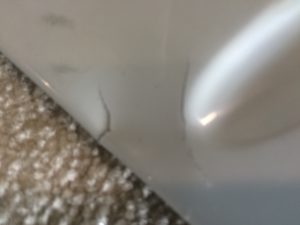
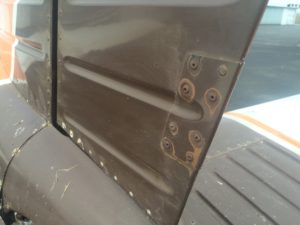
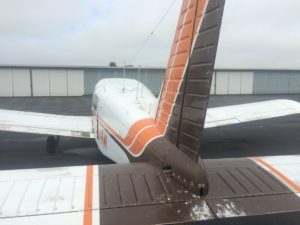
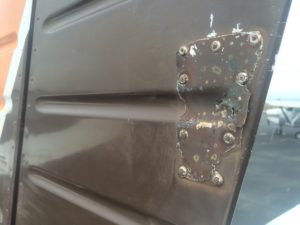
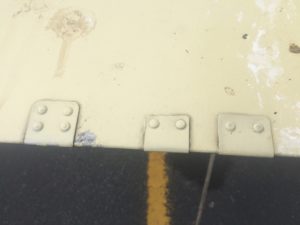


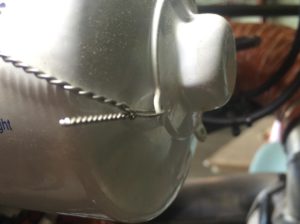
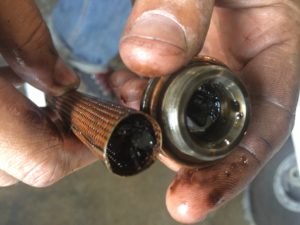


Recent Comments